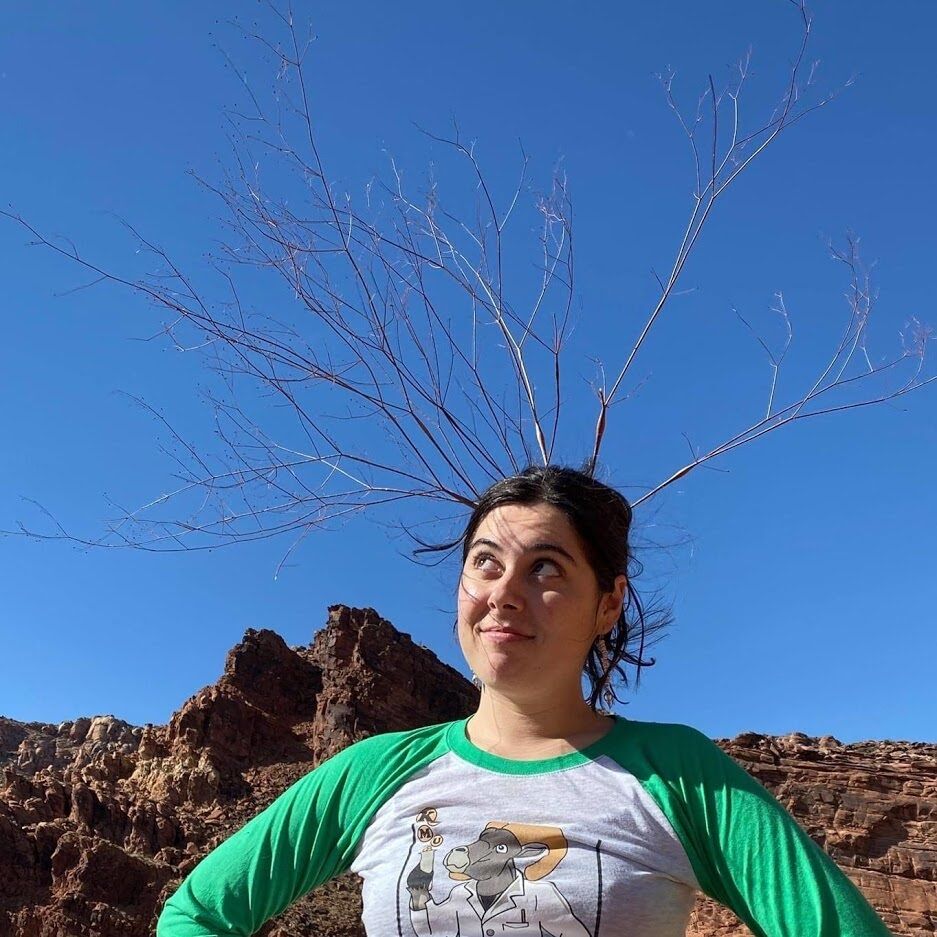It’s not something we like to think about but when you gotta know, you gotta know… Just how do you safely go to the bathroom while outdoors? This week, we speak with Ginger Allen, the environmental stewardship coordinator for the Southeast Utah Health Department. Ginger is spearheading a public health campaign about human waste in the outdoors that aims to educate visitors and locals about the importance of making bathroom plans while in the backcountry.
Science Moab: Why is this campaign about making bathroom plans important in this area?
Allen: Part of recreating responsibly is ensuring you’re not going to harm anybody else, and poop is harmful. We have the privilege to be recreating outside in this beautiful area where we don’t have access to restrooms. [In] an area like here, that means you’re going to be required to carry out your waste. The campaign includes sovereign lands, SITLA, the National Park Service, the U.S. Forest Service, and the Bureau of Land Management. We’re the first, or one of the first, dedicated poop campaigns.
Science Moab: Aside from the unsightliness of human waste in the backcountry, what are the associated health issues?
Allen: Poop is deadly. The health department is doing this campaign because it’s a health hazard. You can kill someone if your poop gets into water streams or if someone happens to touch it.
There was a study done in the Grand Staircase-Escalante National Monument examining how human waste degrades in the desert. The study found that it takes over a year in some cases for waste to fully degrade here, and you can still find bacteria at harmful levels after a year. They also were able to see how far bacteria traveled. It doesn’t just stay confined in the cathole; the bacteria will go up root systems or it will go into wormholes or other animal burrows and get further outside.
Our visitation is off the charts. We’re hitting that poopy capacity of no longer being able to just bury our waste. The study made the point that if even just 2% of harmful bacteria is left after a year, when you have thousands of visitors, that’s way more than enough to contaminate a water supply and make people seriously ill.
Science Moab: How are you getting the message out?
Allen: First, we’re focusing on educating people beforehand. I’m often that public face. I go out to trailheads, or to dispersed camping areas, and let people know, “Hey, it’s different here. Here’s the science behind why it’s different. Here’s what you can use and where you can buy these wag bags or whatever you need.”
We also have the response aspect, which is in-person fieldwork, and then the remediation aspect. If there’s an area that’s really past that poopy capacity, we can shut it down or work with land managers to figure out the best path.
We are actively talking to land managers about Willow Springs and other dispersed camping areas. I think a lot of the problem is dispersed camping. But it’s also how a lot of people in town live. So there’s a lot of complexity involved.
Science Moab: What is the larger context for these issues?
Allen: More people around the world have access to mobile phones than do toilets. These poop-related deaths and illnesses are one of the leading causes of morbidity and mortality in the world. It’s a really serious issue.
Science Moab: What’s the long-term goal of this campaign?
Allen: We’re trying to normalize these conversations about poop. That’s one of my simple goals: normalize having crappy conversations. Everyone poops. We all have horror stories of being that person who was caught unprepared in the backcountry. But just be prepared: know how to go before you go. It’s super important.
Science Moab is a nonprofit dedicated to engaging community members and visitors with the science happening in Southeast Utah and the Colorado Plateau. To learn more and listen to the rest of Ginger Allen’s interview, visit www.sciencemoab.org/radio. This interview has been edited for clarity.




